Perplexing tactics, questionable wildcards and Classics revisited - A cavalcade of conclusions from 2025 UCI Gravel World Championships
Some debates continue as the top gravel and road pros provide feedback from the Netherlands
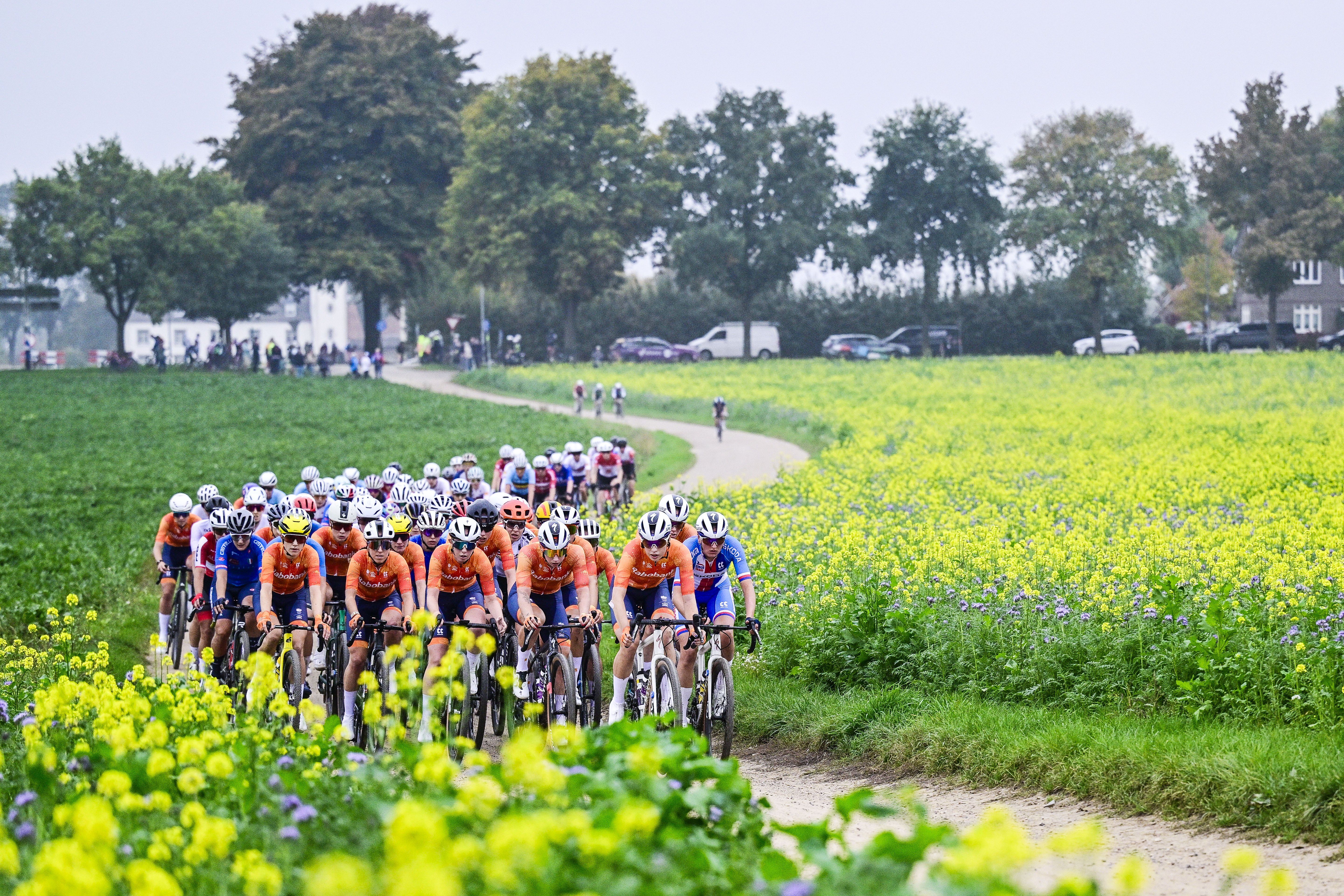
The dust has settled, in more ways than one, in Maastricht now that thousands of participants have completed races at the 2025 UCI Gravel World Championships. The Netherlands' Lorena Wiebes and Belgium's Florian Vermeersch emerged from the hills of south Limburg in the elite races to earn rainbow jerseys as the new champions.
The weekend not only produced new world champions who demonstrated they were worthy of early tags as 'favourites', it also generated continuing storylines about the growing discipline itself, from questions about national teams, mixing WorldTour-level riders with off-road focused athletes, and what exactly is 'gravel' as a definable surface.
Overall, the analysis raises consistent themes, from the perplexing team tactics in the elite women's race to the wide open qualifying process that entices road riders to test themselves in gravel at the championships level. In general, a Classics-style race produces a compelling show in the Netherlands for the fourth edition of the UCI Gravel World Championships.
We also asked many of the professional riders for early feedback on the races, the courses, the outcomes, and debates about the future of these gravel championships will continue. Here's a closer look at the themes from the two days of racing held between Beek and Maastricht.
All for one and one for a world title
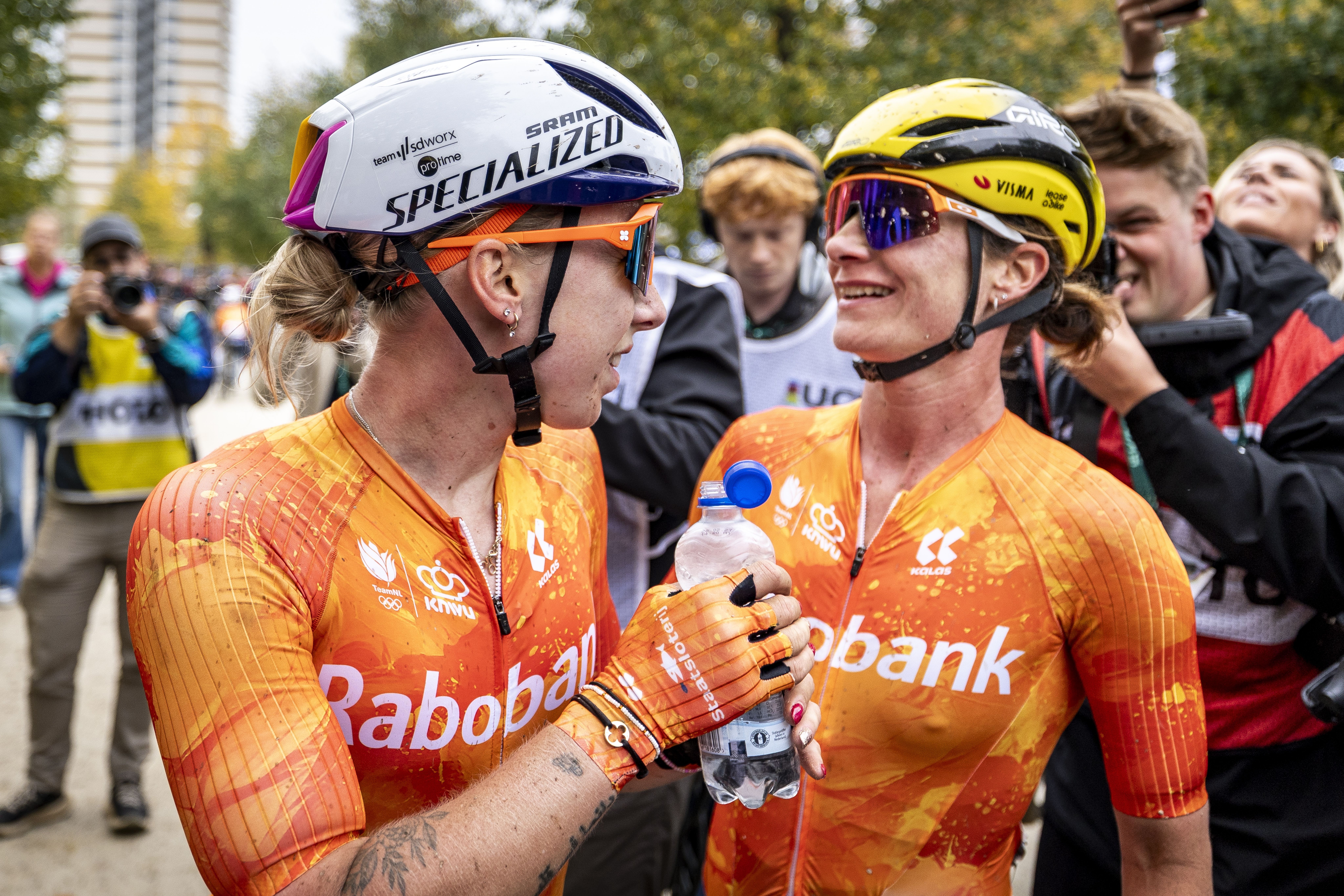
The swarm of orange jerseys from the home country was evident in both elite races, but was most obvious in the women's contest: 21% of the 103 women who finished Saturday's gravel represented the Netherlands. This was double the size of any other national team. Germany was the next largest, with half the number as the Netherlands - 11 versus 22, and then Belgium with eight riders.
So when 23-year-old Shirin van Anrooij escaped at the front of Saturday's 131km race with 15km to go, it looked like the home team had a winner. However, the chase group was driven by the only Czech rider in the field, Julia Kopecký, and she did most of the work to close the gap with 2km to go.
Then Van Anrooij's glimpse of gold disappeared as a trio of orange-clad teammates' jerseys passed her in the final 500 metres - Lorena Wiebes winning gold, Marianne Vos silver, and Yara Kastelijn fourth, one spot off the podium behind bronze medalist Silvia Persico (Italy).
The latest race content, interviews, features, reviews and expert buying guides, direct to your inbox!
The tactics seemed odd since the Dutch riders shut down a teammate's breakaway. So rather than the race developing with national alliances, it came down to a typical 'privateer' mindset, every rider for herself. Van Anrooij was upset, Kastelijn apologised, and lots of other riders took note.
Classics-style road race
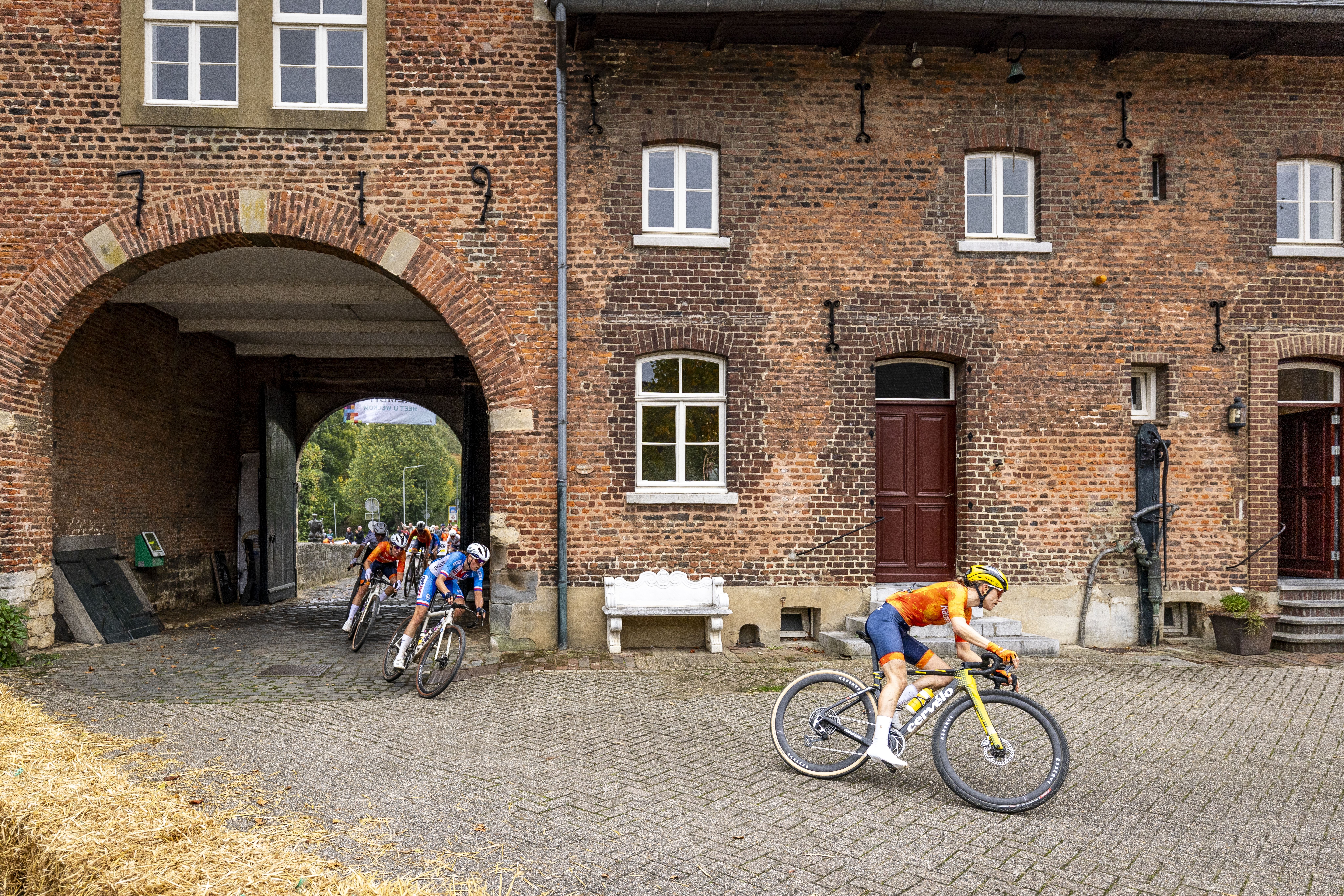
The one word used to describe the gravel course after riders took spins on recons was 'positioning'. They also compared the twisty course covering rolling hills to a Classics-style road event. Riders appreciated the dirt and gravel surfaces, with pavement used as transitions for less than 25% of the route, and handed out more compliments than complaints.
On the women's side, Great Britain's Abi Smith, who was fourth at her gravel nationals and finished 15th on Saturday at Worlds, gave the course rave reviews.
"The course felt very much like a road Classic to be honest! It was all about positioning all day, being quick out of corners (of which there were many), and of course physical strength on short climbs as well, so it was very much geared towards the road riders," she told Cyclingnews.
"It was, however, a consistently long and hard day, which suited riders such as myself and probably the pure gravel riders more. I really did enjoy it a lot, always something happening."
Elite men's bronze medalist Matej Mohorič (Slovenia), who won the gravel title two years ago in Italy and was seventh last year in Belgium, said this year's course was much different.
"It's much smoother, faster, rolling, much more about positioning and also strategy," he told Cyclingnews. The one in Italy was pure power. Last year, it was actually more punchy. It was short efforts, but you could make a difference with the legs.
"This course, it was really just the climb, 15k to go, where you could actually go from the bottom and every man for themselves. But a beautiful course. I love the bike paths and the smooth gravel roads, passing the castle or the farmer, whatever it was, it was beautiful."
Australia's Tiffany Cromwell came in as a favourite but finished 22nd. She called it "a Classic" with the "rubberband" effect taking place all day if you weren't in the top 10.
"Everybody judges it, 'oh it's an easy course,' but you can ride it by yourself, and it's easy. If you're riding in a bunch, it's a different story. It was fun, but yeah, I was suffering," she posted on her Instagram account.
Questionable qualifications
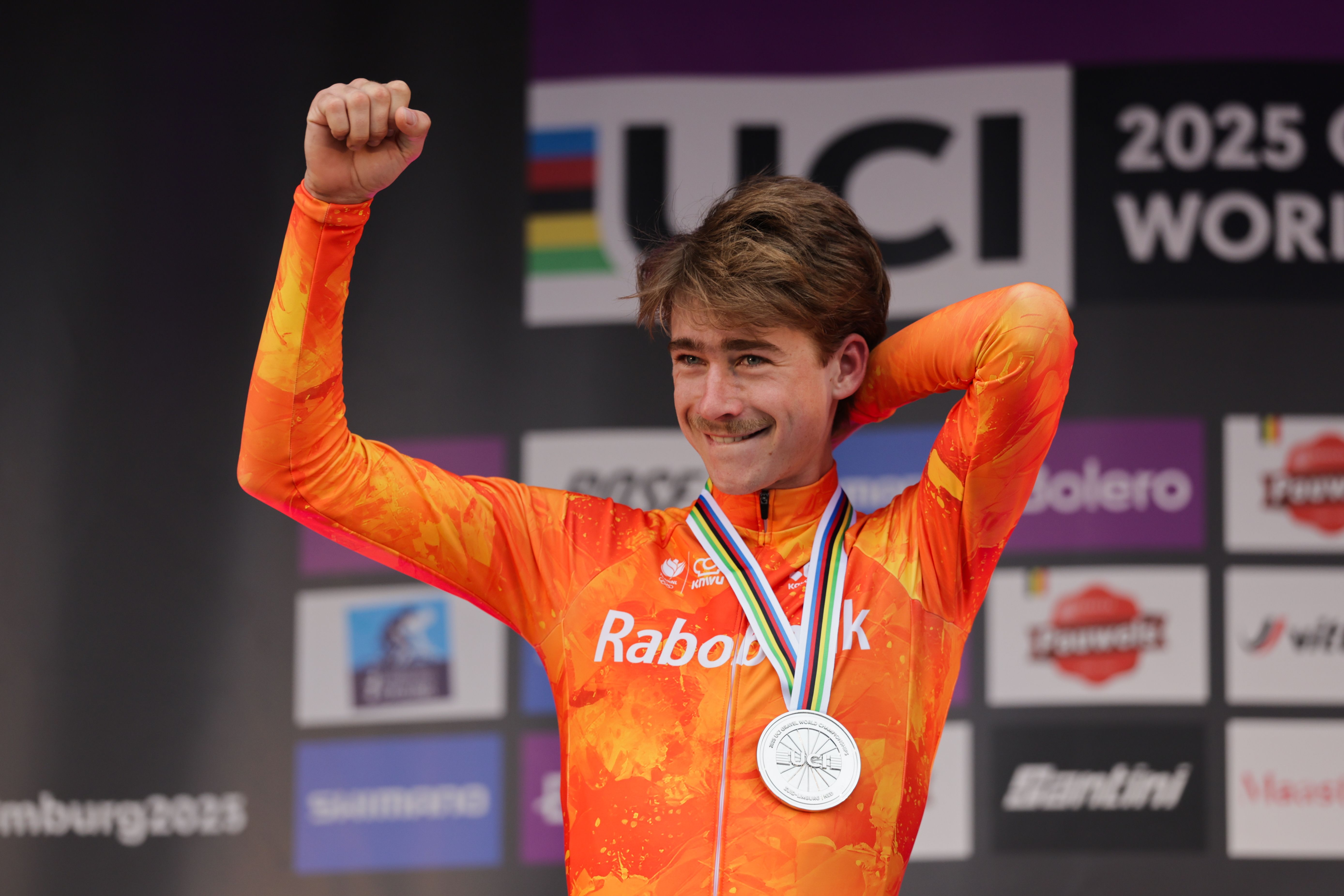
Unlike other disciplines for which the UCI produces a world championship, gravel does not set any restrictions on the number of riders for each national federation. This may be a directive established since there is no long history for gravel racing, and there are no overall world rankings.
So gravel is a wide-open proposition for any riders, much like the spaces it uses for the courses. Good and bad.
The elite women's field was stacked with professional riders on the Women's WorldTour, ProTeam and Continental levels, with only three riders in the top 20 competing for club teams. The same was true in the elite men's field, where even Tom Pidcock (Great Britain) was given bib number 1, though he had never competed in a gravel race before.
"I really want to see fewer people just show up to [UCI Gravel] Worlds without ever having jumped into a gravel race before," Heidi Franz (USA), who finished 13th Saturday, told Cyclingnews.
"I think it should be a requirement to start at a UCI Gravel World Series event and check that off. I mean, we have the qualification from those events, but I find the wildcard system to be a little bit too lenient."
The good part of the process, for now, is that fresh faces can emerge on the world stage, including 23-year-old Frits Biesterbos (Netherlands) and 22-year-old Paula Blasi (Spain).
Biesterbos won silver in the elite men's race and became the first men's rider from a Continental-level programme to finish on the podium at the UCI Gravel Worlds. "It's a big surprise for me," was the reaction from the BEAT Cycling rider, who had won the Dutch gravel nationals but surpassed expectations with a tougher course and deeper competition on Sunday at Worlds.
Blasi emerged this season as a rising talent on the road, winning the U23 women's road race title at European championships and the bronze medal at Road Worlds. She had an early crash in her first major gravel race, but recovered and finished in the top 15.
Top gravel contenders absent
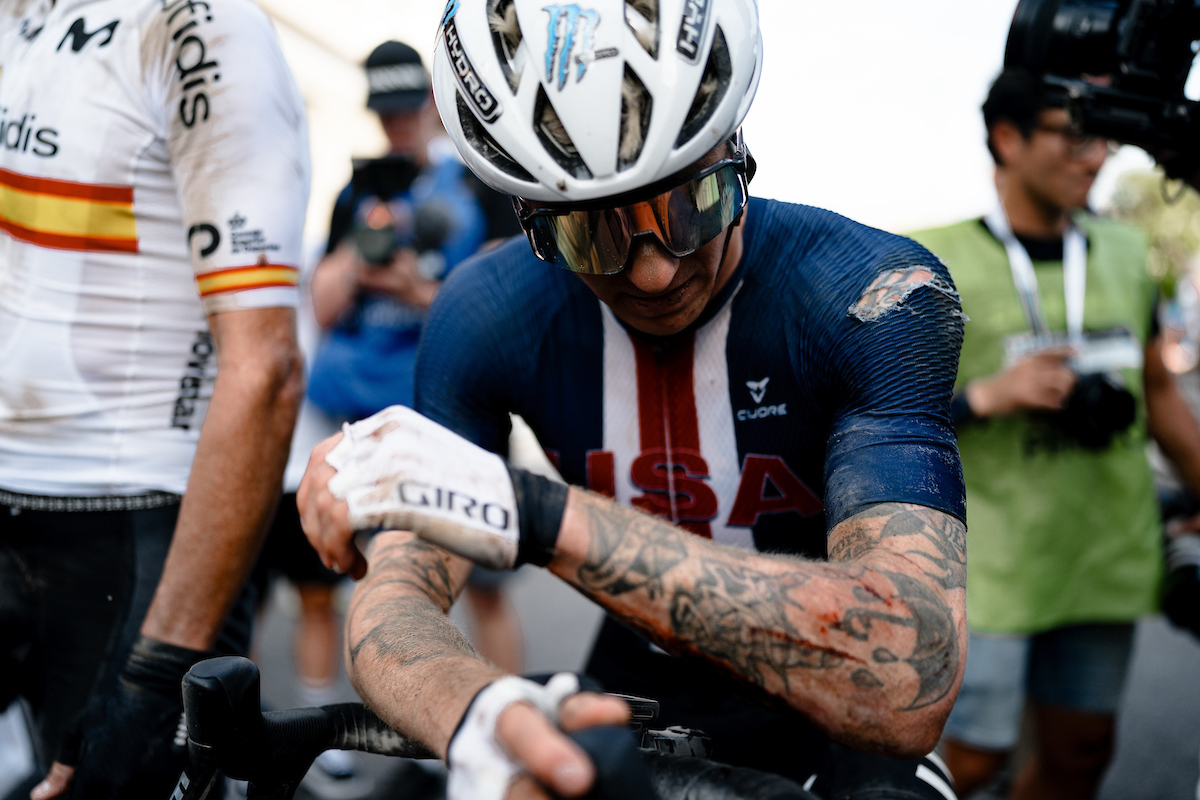
A lot of people talked about an epic showdown at these UCI championships between off-road superstar Keegan Swenson (USA) and Grand Tour road stars Tom Pidcock (Great Britain), Tim Wellens (Belgium), and Romain Bardet (France). Then there was South African Matt Beers, who won the 'other' Gravel Worlds in Nebraska and was second at The Traka 200, and he would be great to see in the elite men's field.
On the women's side, three-time US gravel champion Lauren Stephens could match up well against Marianna Vos and Lorena Wiebes (both Netherlands), whom she had faced before in the spring Classics. Sofia Gomez Villafañe (Argentina) and Sarah Sturm (USA) had big results for European gravel races this year, so they would be in the mix for sure. Right?
However, those matchups never materialised.
This year, the UCI Gravel World Championships were held on the same weekend as one of the Life Time Grand Prix (LTGP) series races, Little Sugar MTB. The series concludes on October 18 at Big Sugar Gravel, with $200,000 to be split evenly among the top 10 men and women. There's also $60,000 on offer for both individual races.
Swenson, Beers, Villafañe, Sturm, and a long list of US gravel specialists remained in the US to compete at the doubleheader of Life Time Grand Prix events. Stephens and a few other gravel riders remained home to prepare for the cash-rich Gravel Burn in South Africa later this month.
"I’ve said 'no' to an invitation to represent Team USA at the UCI Gravel World Championships," Lauren De Crescenzo, the bronze medalist at US gravel nationals and sitting eighth in the LTGP, told Cyclingnews. "The timing of UCI Worlds is incredibly inconvenient for LTGP riders. It's not just a schedule conflict for many elite riders, but a conflict for earning opportunities."
Like Stephens, the USA's Chad Haga is not in the LTGP but opted not to compete at Worlds. He had qualified with a top 10 at 66 Degrés Sud - Le Gravel as well as top 20s at Wish One Millau and The Gralloch.
"I'm not going to race Worlds this year. Too much cost and time for a race that likely wouldn't go well for me, so I'm focusing on being ready for the Burn," he told Cyclingnews.
Keep gravel low profile
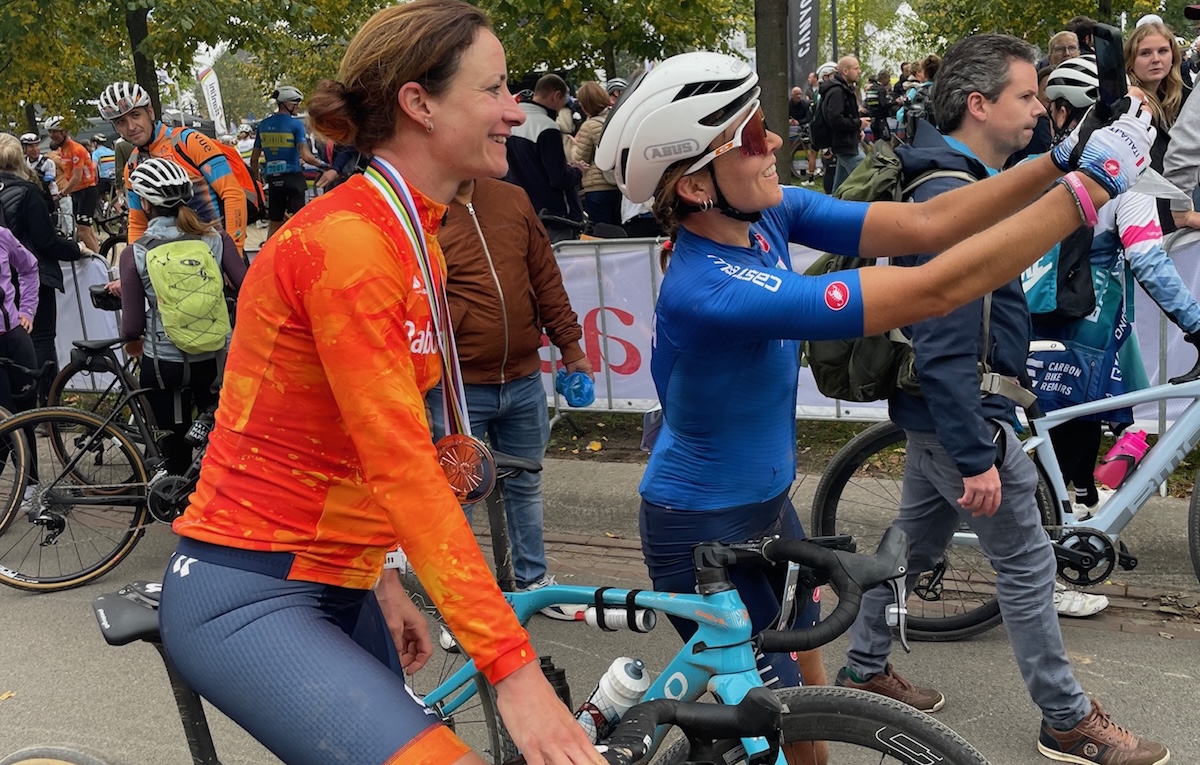
One of the distinguishing characteristics that even the pros like about the UCI Gravel Championships is that amateurs compete for world titles on the same courses. The different start times for elites and age divisions keep most of the riders separate, though divisions do mix like other global gravel races near the finish.
This year, 2,954 riders from 53 countries registered across more than 18 categories for the chance to experience a Worlds course and take a chance at a rainbow jersey.
Amateur riders were seen at the expo in Beek and at the finish line in Maastricht, taking advantage of the close proximity to winners Vos and Vermeersch for selfies, which they kindly accepted. There were lots of selfies.
"If you see today how it was organized, how many people there were on the [route], how many participants, I hope they maintain this, so amateurs can start here in the age groups. That would be really nice to keep gravel a bit low profile," world champion Vermeersch told Cyclingnews after the awards ceremony.
"Definitely, with more professional organisation, [it's good] gravel can stay low profile. So I think if we can keep the combo like this for the next years, that would be really nice."
Get unlimited access to all of our coverage of the 2025 UCI Gravel World Championships and the final rounds of the Life Time Grand Prix - including breaking news, interviews and analysis reported by our journalists on the ground in Limburg and Arkansas as the action unfolds. Find out more.
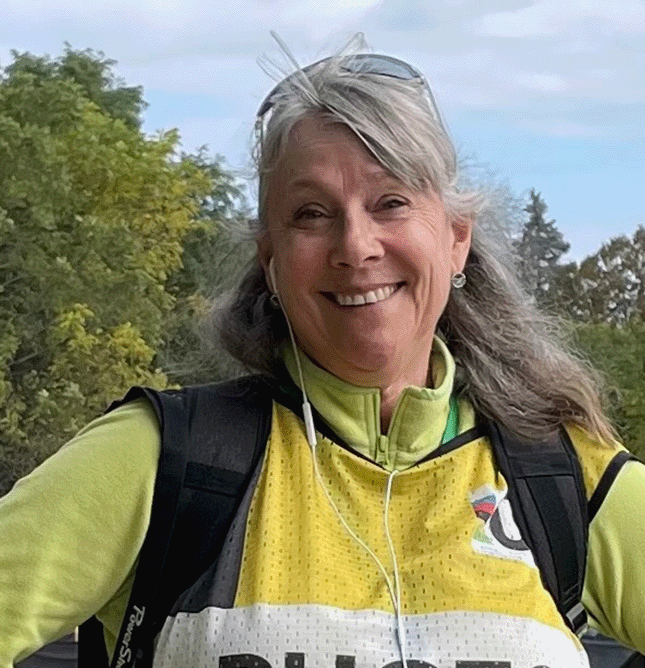
Jackie has been involved in professional sports for more than 30 years in news reporting, sports marketing and public relations. She founded Peloton Sports in 1998, a sports marketing and public relations agency, which managed projects for Tour de Georgia, Larry H. Miller Tour of Utah and USA Cycling. She also founded Bike Alpharetta Inc, a Georgia non-profit to promote safe cycling. She is proud to have worked in professional baseball for six years - from selling advertising to pulling the tarp for several minor league teams. She has climbed l'Alpe d'Huez three times (not fast). Her favorite road and gravel rides are around horse farms in north Georgia (USA) and around lavender fields in Provence (France), and some mtb rides in Park City, Utah (USA).
You must confirm your public display name before commenting
Please logout and then login again, you will then be prompted to enter your display name.
